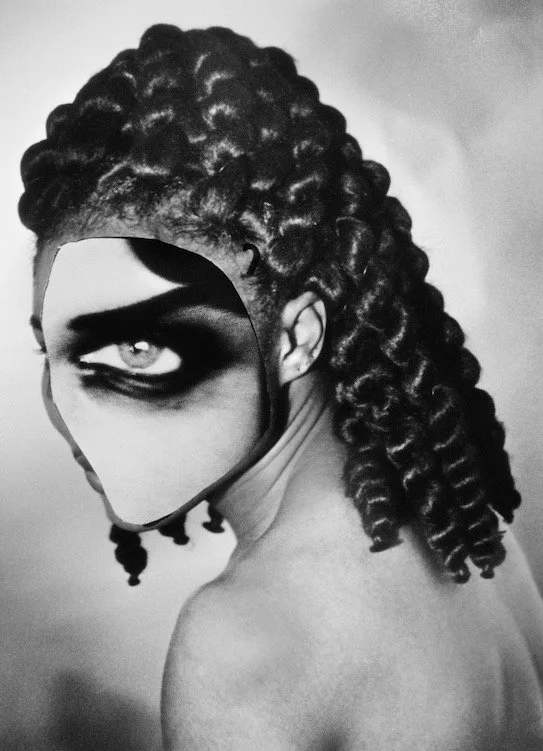The Fashion Significance of Juneteenth
COURTESY OF VOGUE
Enslaved beings found an added measure of freedom in casting away the clothing associated with their life as slaves, but self-expression through dress remains an important part of Juneteenth. Annually celebrated on June 19 in the United States as a way to unite the community. It is a response that the enslaved weren’t allowed to express themselves and Juneteenth is a holiday to reclaim and express social and political freedom. Clothing continues to be a special part in self expression.
Clothing is an often overlooked aspect of past slave life. Slaveowners were required by law to provide cloting for their slaves, but did so wouthouth consideratio for comfort. Slave codes dictated what the enslaved were and weren’t allowed to wear. The Negro Law of South Carolina prevented slaves who weren’t liveries from “wearing anything finer, or of greater value than negro cloth.” In Incidents in the Life of a Slave Girl, Harriet Jacobs, an abolitionist activist and writer who escaped slavery, recalls: “I have a vivid recollection of the linsey-woolsey dress given me every winter by Mrs. Flint. How I hated it! It was one of the badges of slavery.” (InStyle). For freed slaves, having control over your attire was an expression of freedom. Laura Towne, an abolitionist who taught freed slaves in South Carolina with the Freedmen’s Society of Pennsylvania, expressed how freed people would spend and choose items from boxes of clothes sent from the North. In the first celebration of Juneteenth, freed people found freedom in casting away the clothing associated with their lives as slaves. Today, dress remains a big part of Juneteenth celebrations with the common theme being red, white, and blue to highlight the “Independence Day for Black folks.”
COURTESY OF VOGUE
COURTESY OF VOGUE
The exhibition BLACK VENUS, on display at Fotografiska New York, takes a historical representation of Black women and investigates how Black women are reclaiming fashion. This features numerous Black artists, including Zanele Muholi, Renee Cox, Coreen Simpson, Carrie Mae Weams, Deana Lawson, and PhotoVogue spotlight artist Amber Pinkerton, the youngest featured in the show. The exhibition invites audiences to learn the racial and sexual objectification and continual struggle that Black women have and continue to experience while also admiring the ongoing challenge of that stereotype. The objective and goal of the exhibition is to shed a light into the world of Blakc women. Visibility is encouraged and the depiction of Blakc women in art, fashion, photography, etc. is important. The way that we see women, including Black women, by having many different instances regarding how we see blackness, womanhood, and personhood is important. The hope? “To encourage the greater visibility of the Black woman in art, the Black woman maker, obviously the Black woman curator, but also to encourage further thinking in the way that we see Black women within the world itself” (Black Venus - Vogue).
COURTESY OF VOGUE





